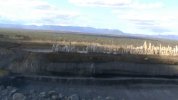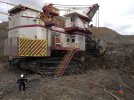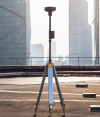I know there are other DronePilots forums geared more to professional pilots this question may be better in. I will ask there too but this forum seems to be much more active than the others.
I have been doing aerial surveys for my company using DroneDeploy for some time now so I have some experience but I am just now getting asked by other companies to do surveys and I am not sure what to charge since I have just been doing this for myself so far.
A professional survey company wants me to do a 20-30 acre site and all they want is contour lines they can import into AutoCAD. I know how to do that, just export the file from DroneDeploy so it doesn't take any more work on my part than just gather the images and upload to DroneDeploy. This cite is 45 minutes from where I live and I will probably use my Inspire 2 to do the work.
Can anybody give me a clue as to what to charge?
Thanks,
I have been doing aerial surveys for my company using DroneDeploy for some time now so I have some experience but I am just now getting asked by other companies to do surveys and I am not sure what to charge since I have just been doing this for myself so far.
A professional survey company wants me to do a 20-30 acre site and all they want is contour lines they can import into AutoCAD. I know how to do that, just export the file from DroneDeploy so it doesn't take any more work on my part than just gather the images and upload to DroneDeploy. This cite is 45 minutes from where I live and I will probably use my Inspire 2 to do the work.
Can anybody give me a clue as to what to charge?
Thanks,













